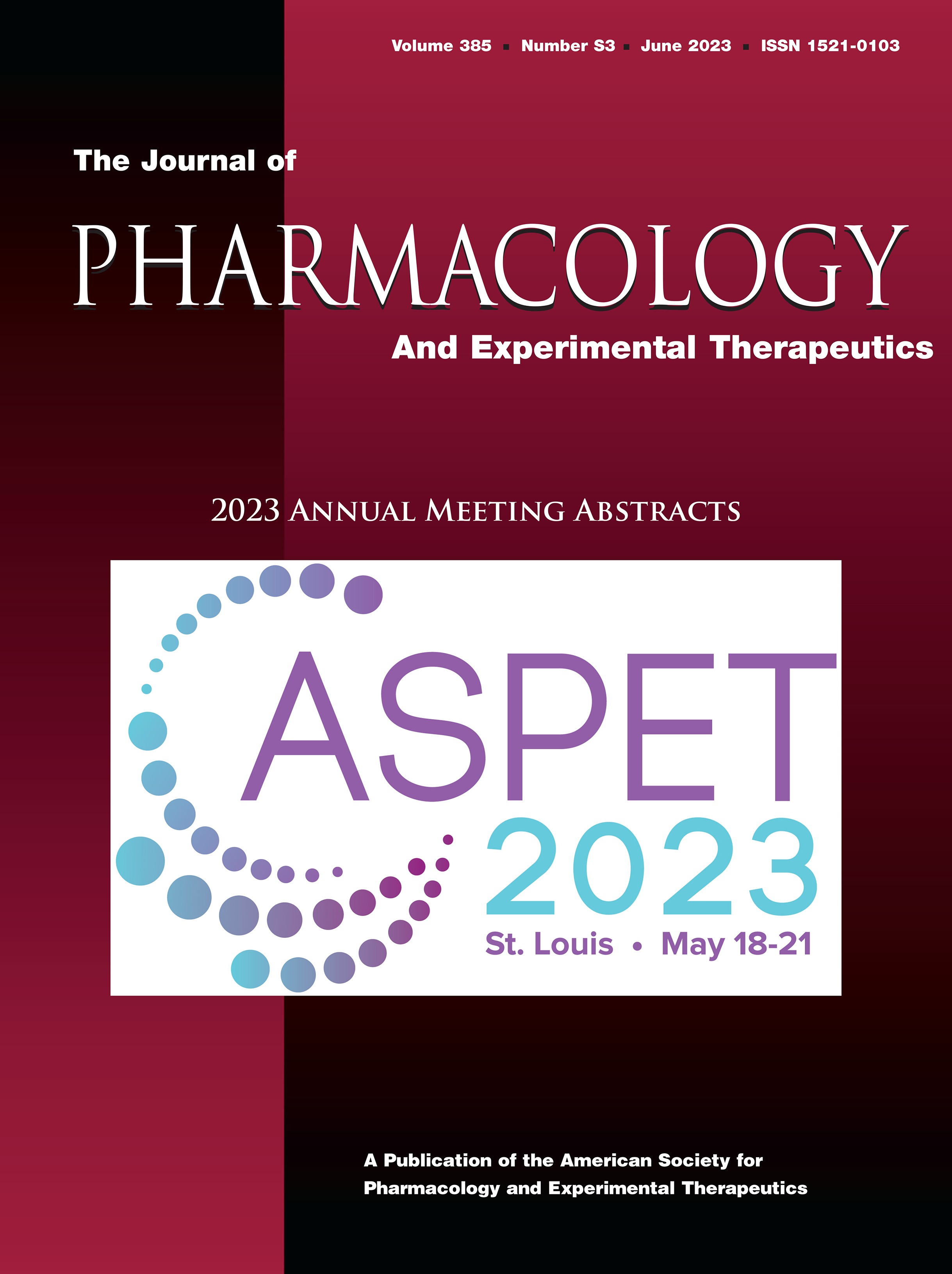I'm glad to see that there is still research ongoing on SR-17018
But I think it worth noting these papers:
From 2020
Note that they used a non-human primate model.
From 2023
Note that the above uses an in vitro model.
From 2024
Agonists at μ opioid receptors relieve acute pain, however, their long-term use is limited by side effects, which may involve β-arrestin2. Agonists bi…

www.sciencedirect.com
Note that a larger range of opioids were compared but again, it's only an in vitro model.
Now I can't argue with people for whom it worked, but I was interested to note HOW it was used. I don't think many people know that when buprenorphine was suggested as a detoxification tool in individuals dependent on opioids, it was only ever considered as a tool to mitigate the severity of the AWS and as such was only intended to be used for a few weeks. It was never intended to be used to maintain dependence. Of course I'm sure everyone can clearly see the obvious problem - a medication consumed for only a few weeks is vastly less profitable than a drug being given to people for years.
But it does seem that it has more in common with buprenorphine than was originally understood and my only concern is that it's a patentable drug that could simply replace buprenorphine. I suggest that if this happens, we will hear of people being 'parked' on SR-17018 as they are on methadone and buprenorphine because that's the PROFITABLE path. That said, it took two decades after it's discovery for methadone to be used in substitution therapy and three decades for buprenorphine. I stongly suggest that cheap >> optimal.
Nobody has mentioned if it's an effective analgesic because in that primate model, the following intrathecal dose ranges were tested to demonstrate dose-dependently attenuated capsaicin-induced thermal allodynia.
SR-17018 (30-300 ug)
Buprenorphine (3-10 ug)
Morphine (10-30 ug)
DAMGO (1-3 ug)
<EDIT>
Found some analgesia data.
Note the above uses mice as the animal model.
Some interesting thing are that the drug does appear to produce tolerance. It appears less potent than oxycodone but still pretty active but by accident or design, IF oxycodone is used for comparison purposes, I find it a little confusing. For the purposes of tolerance reversal, buprenorphine 2mg seems to be compared to SR-17018 48mg/day. So for people with a larger habit, will lack of potency be an issue i.e. the dose needed would be toxic.
The few human reports suggest it IS euphoric in man, but only at what the papers and patent would consider extremely large doses. Addiction and dependence are two totally different beasts.
</EDIT>
So is this able to replace traditional MOR ligands or is it's use limited to short-term treatment for AWS?
Let's not forget that
Oliceridine already has a licence in the US and a varient that is orally active
TVR734 is being developed... although I note the most recent paper is from 2022, to whit:
Then nothing. I am going to repeat this until I am blue in the face. Pharmacucical companies are not required to publish the findings on a new medication and can reserve approval for the publishing of articles written by third parties which if why I support
www.alltrials.net
But note the doses involved. It's difficult to follow but they often compare with oxycodone with roughtly 175mg being as effective as 10mg of oxycodone. I put it to you that there MAY have been further work carried out but it does appear that work has been abandoned based on the simple fact that it's low potency means it doesn't have an obvious market space.
BTW
Oliceridine (not orally active) seems to be focused on PCA with 1.5-3.0mg in a single dose but the total daily dose not to exceed 27mg. But if you work that out, that does not suggest a long duration of action. For emergency analgesia the guide is 1.5mg then 0.75mg every hour. Again, not something useful outside of a clinical setting. But addiction is rarely a major consideration in these situations so I see no benefit to it's use.
It's been in use for 5 years but the only paper from the last 3 years and here it is:
Opioids can effectively relieve pain but carry risks of addiction and adverse effects. Oliceridine, a G protein-biased μ-Opioid receptor (MOR) agonist, has emerged as a promising safer alternative. By preferentially activating G-protein-biased ...

pmc.ncbi.nlm.nih.gov
When after five years even the most positive researchers are only considering niche cases, it doesn't strike me as something that will find wide application.
After all, someone could need a level of analgesia beyond that which oliceridine can provide and having to use a syringe driver to maintain theraputic plasma levels is already an issue. But key is the fact that in such situations, dependence liability isn't often an issue.
BTW I did note that someone had posted a link to a patent but the inventors or a new medication are hardly without a conflict of interest. I'm not suggesting the data is incorrect although I feel I can say with 100% confidence that they will have optimized their experimental models to show their products in the best possible light. It's not as if they would lose their patent if someone later reran those tests and got different results. It's not a basis to reject a patent. Also, as far as I can tell they only use mice as models and we have seen some pretty dramatic differences. Wasn't BDPC shown to have a potency >10000 x morphine in mouse models when in man (who one assumes is the intended consumer base), that value was shown to be around 500 x morphine. As friend joked 'never send a mouse to do a man's job' - the only extant medicinal chemist joke I know of.
I didn't simply ignore the patent as clearly it's still an important data point - but it's both good that they admit that measuring bias isn't a well established metric and admit to limitations. They DO assert that 'highly biased' is specifically defined as >3 and I'm uncertain if their is a true definition or indeed if that will prove to be the case in man. So it's of value, but one should always be aware that adverse effects may simply not be tested for (or at least not published). Again,
www.alltrials.net
Funny that the patent actually mentions oliceridine ;-)
I feel
@Skorpio is most likely to be the person to best underdand this so the links I provide are merely in case they are unaware and if nothing else, saves them some searches.
The more I read, the more I wonder if the bias limits effacacy at the receptors. If their is a ceiling on how much analgesia they can provide.







